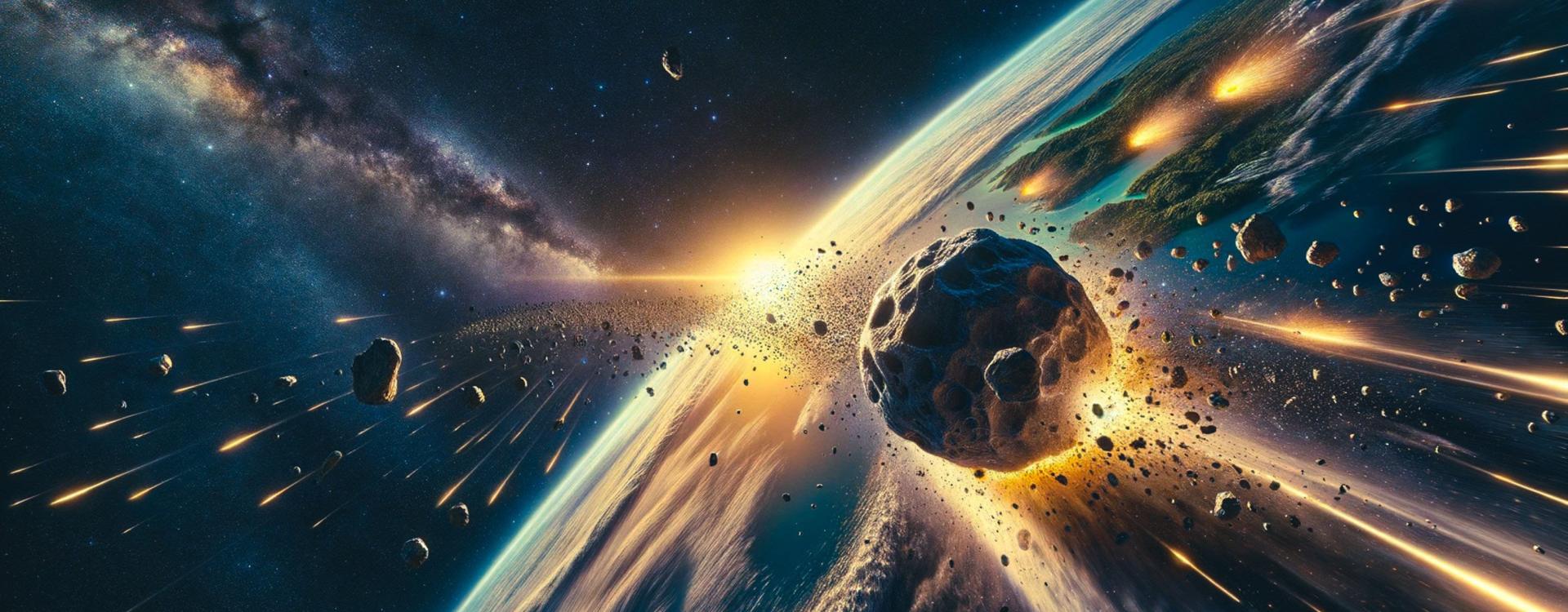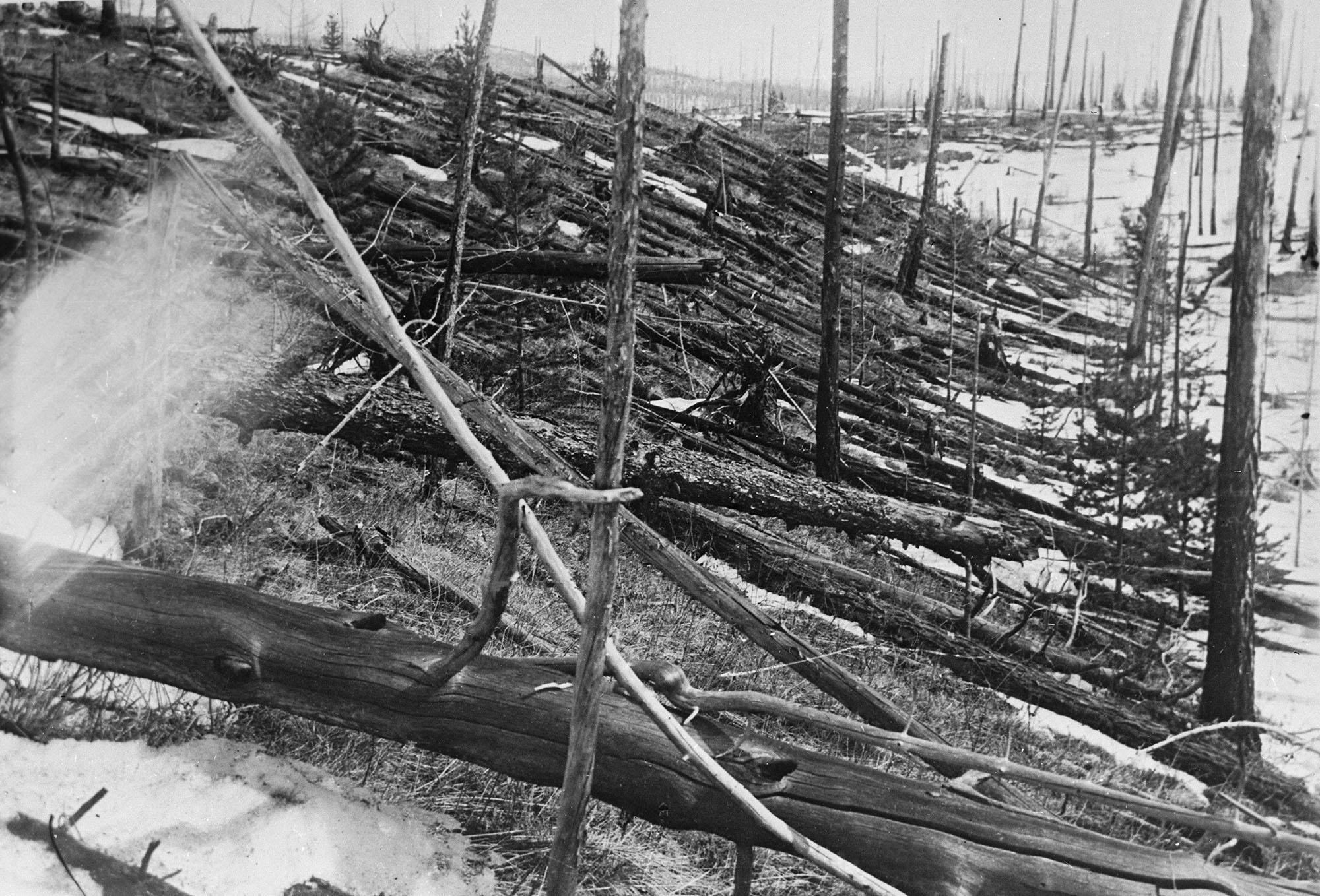
Photo Credit: CharlVera / Pixabay, AI Generated
Touchdown airbursts—cosmic explosions caused by meteors or comets detonating in the atmosphere before hitting the ground—may be more frequent and more destructive than previously understood, according to new research led by James Kennett, principal investigator at UC Santa Barbara’s Marine Science Institute and Earth Science Emeritus Professor. Unlike the dramatic crater-forming impacts often associated with mass extinctions, these atmospheric blasts don’t always leave lasting marks on the landscape, making them harder to detect, despite their far-reaching effects.
“These events can cause extreme damage through very high temperatures and pressures,” said Kennett. “And yet they don’t necessarily form a crater, or they leave only brief surface disturbances.”
In a series of four recently published studies, Kennett and his collaborators present compelling new evidence of multiple touchdown airbursts spanning different eras and continents. One of the papers, published in PLOS ONE, documents the first marine evidence of the Younger Dryas Impact Hypothesis (YDIH) in sediments from Baffin Bay, off the western coast of Greenland. The findings include shock-melted glass, spherules, and rare elements like platinum and iridium—hallmarks of an intense cosmic event. The researchers believe these materials were dispersed globally after a fragmented comet exploded above Earth around 12,800 years ago, triggering widespread wildfires, sudden climate cooling, and major ecological and cultural shifts.
“These proxies are preserved in ocean sediments as deep as 2,000 meters,” Kennett said, noting that their presence speaks to the power and reach of the impact, even without a traditional crater.
In another study, the team explored a shallow seasonal lake near Perkins, Louisiana, which may be the first identified crater associated with the Younger Dryas event. Although initially suspected as an impact site in the 1930s, only recent core sampling and radiocarbon dating have revealed the presence of meltglass, spherules, and shocked quartz—materials that strongly support a cosmic origin.

A shallow seasonal lake may be the first known crater of the Younger Dryas Boundary. Photo Credit: Courtesy Image

A 1929 photograph of the area near the Podkamennaya Tunguska River, Russia, where a meteor air burst exploded nearly 21 years prior. Photo Credit: Leonid Kulik, the expedition to the Tunguska event, Public domain, via Wikimedia Commons
Two additional papers revisit historical and archaeological sites affected by airbursts: the Tunguska explosion over Siberia in 1908, and the ancient city of Tall el-Hammam in the Jordan Valley, possibly destroyed by a similar event over 3,600 years ago. At both sites, Kennett’s team identified unique fracture patterns in shocked quartz grains—evidence of high-energy blasts—as well as melted metal and carbon-rich materials. The new data from Tunguska represents the first comprehensive identification of airburst proxies at the site.
“These events are far more common than previously recognized, and potentially more destructive because their effects can extend over wide areas,” Kennett said. “Despite that, they haven’t been well studied, and that’s something that needs to change.”
Adapted from original reporting by Sonia Fernandez, “Destructive cosmic airbursts likely more common than previously believed,” The Current, UC Santa Barbara, 2025.